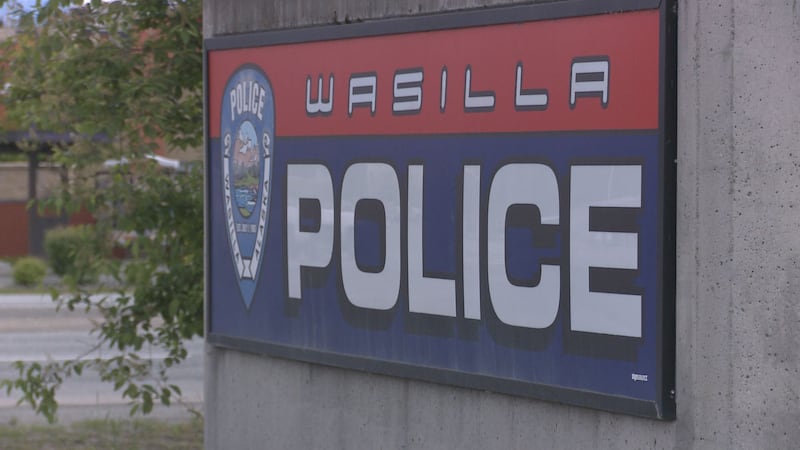Iditarod veterans begin taking 24-hour layovers in McGrath

As Iditarod teams head west toward long abandoned gold mining districts, many mushers are choosing to take their 24-hour layovers in McGrath – a village that sits on the Kuskokwim River.
Dr. Stuart Nelson, the Iditarod's chief veterinarian, says a Tuesday night storm and deep snow between Nikolai and McGrath has pushed some mushers to take their break early. According to Nelson, "it's a little bit unusual" for so many teams to take their 24-hour layovers in McGrath as teams typically push on to Takotna, located 18 miles down the trail.
Channel 2 Chief Meteorologist Jackie Purcell says there are winter storm warnings and advisories affecting the Alaskan west coast.
"The storm front is still vigorous, and it will impact the area for another two days," says Purcell.
The mandatory 24-hour layover is an important tactical consideration for mushers. Taken too early, and front runners who decide to push on may get too large a lead. Taken too late, and a dog team may become overly tired for the second half of the race.
Iditarod veterans taking their mandatory 24-hours layovers in McGrath include Nicolas Petit, Wade Marrs, Allen Moore and Aaron Burmeister. Petit,
, arrived in McGrath Tuesday evening with 15 dogs on the line. Marrs, a three-time top 10 finisher, also pulled into McGrath with 15 dogs in harness on Tuesday.
"It's been a slog for the last 80 miles coming into McGrath," said Burmeister, with 15 dogs on the line. He explained that he was one of the first into McGrath, meaning the trail wasn't as well-trodden for his team as mushers further back.
Moore, who won the 2018 Yukon Quest, is taking a puppy team. Meanwhile, wife Aliy Zirkle drives their Yukon Quest winning team to Nome. Moore said the conditions for the 2018 Iditarod are vastly different.
"We saw minus 58 degrees Fahrenheit in Quest, with minus 80 degrees Fahrenheit windchill," he said. "And here, it feels like it's 58 above."
Before the start of Iditarod, Moore explained the joy of driving a young team.
"I have 10 two-year-olds," he said. "So to get them through all the hurdles – to make it 1,000 miles – is gratifying."
The 24-hour layover also serves to figure out the starting differentials of the teams. Mushers begin at two-minute intervals, and they stay in their chosen checkpoints for additional time after their 24-hour layover equal to when they set-off from Willow Lake.
with 13 dogs on the line. He can expect the PenAir Spirit of Alaska Award. Seavey has since headed to Takotna, where he has chosen to take his 24-hour layover.
Many other Iditarod veterans have chosen to take their layovers in Takotna, known for its excellent food.













